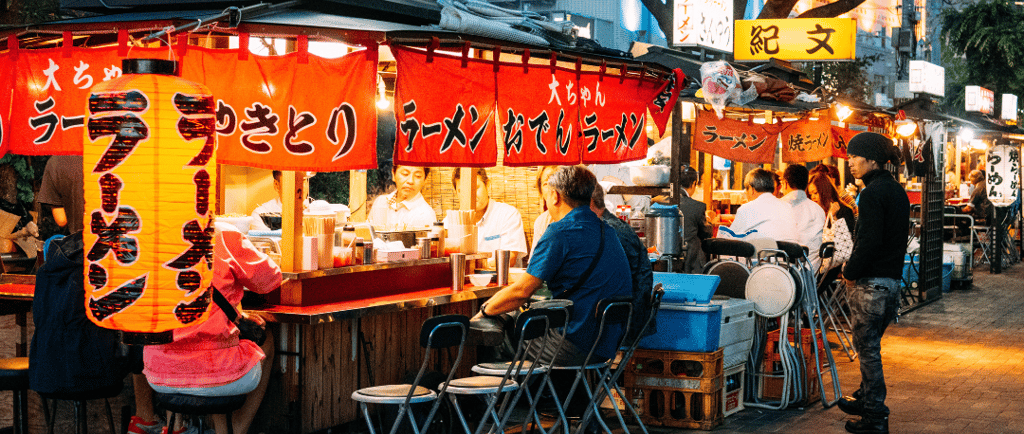How to Include Street Food Safely
Street food offers authentic cultural experiences, but safety is key. Learn essential food safety tips for travel and how travel agents can use this as part of their travel agent tools.
3/10/20253 min read


Street food is an essential part of cultural immersion, offering travelers a chance to experience authentic flavors, local traditions, and regional specialties. However, food safety concerns often deter travelers from indulging in these culinary delights. Travel agents who understand how to navigate street food safely can provide valuable advice to clients, ensuring a rich and risk-free gastronomic experience.
For travel agents, educating clients about safe street food practices is an essential addition to their travel agent tools. It enhances client confidence, builds trust, and elevates the overall travel experience. Whether your clients are culinary enthusiasts or hesitant first-timers, guiding them through street food safety ensures they can savor global cuisines without worry.
Why Street Food Matters in Travel
1. Cultural Immersion
Street food is often deeply rooted in a destination’s history and traditions. In places like Bangkok, Mexico City, and Marrakech, street vendors preserve recipes passed down for generations. Eating street food connects travelers to the local way of life, making the experience more enriching.
2. Budget-Friendly Dining
For budget-conscious travelers, street food is a great alternative to pricey restaurants. It allows visitors to sample a variety of dishes at a fraction of the cost, making travel more accessible.
3. Authenticity Over Tourist Traps
Many restaurants near major tourist attractions cater to foreign palates, diluting traditional flavors. Street food vendors, on the other hand, cook for locals, ensuring a more genuine culinary experience.
4. Personalization of Itineraries
Travel agents who integrate street food recommendations into their itineraries provide an added layer of personalization. Clients who are food lovers or adventure seekers will appreciate having curated food experiences that match their preferences.
Key Safety Tips for Enjoying Street Food
1. Choose Vendors with High Turnover
A steady flow of customers means the food is being prepared fresh. Stalls with long lines (especially with locals) are a safer bet than empty ones.
2. Observe Food Handling Practices
Travelers should watch how vendors handle food. Good hygiene includes:
Wearing gloves or using utensils
Keeping raw and cooked food separate
Using fresh ingredients
3. Look for Clean Cooking Equipment
Charcoal grills, woks, and hot griddles often indicate that food is being cooked at high temperatures, killing bacteria. Avoid food that has been sitting out for too long.
4. Stick to Cooked Foods
Raw ingredients, like unpeeled fruits or unwashed vegetables, carry a higher risk of contamination. Grilled, fried, or boiled foods are generally safer.
5. Check Water and Ice Safety
In many countries, tap water isn’t safe to drink. Travelers should avoid drinks with ice unless made from purified water. Bottled beverages or freshly squeezed juices served without ice are better alternatives.
6. Be Cautious with Condiments
Sauces left in open containers can spoil in the heat. It’s safer to opt for pre-packaged condiments or request freshly prepared dips.
7. Bring Digestive Aids
Encouraging travelers to carry activated charcoal, probiotics, or anti-diarrheal medication is a great precaution. Even the safest street food can sometimes cause digestive issues due to unfamiliar spices.
8. Learn Basic Food Safety Phrases
If traveling in a non-English speaking country, knowing phrases like "Is this cooked?" or "Does this contain tap water?" can help avoid risky foods.
How This Helps Travel Agents
1. Strengthens Client Trust
By educating clients on safe street food practices, travel agents enhance their credibility and value. Clients appreciate pre-travel guidance that helps them feel more prepared.
2. Creates Unique Travel Experiences
Food tourism is booming, and travelers increasingly seek culinary adventures. Providing food safety tips as part of your travel agent tools ensures clients have a memorable and worry-free experience.
3. Helps Avoid Negative Reviews
If a client falls sick due to food poisoning, it can negatively impact their trip—and potentially your reputation as a travel agent. Proactive advice minimizes these risks.
4. Expands Expertise in Culinary Tourism
Specializing in food tourism can be a niche expertise that differentiates a travel agent. Offering food tours, vendor recommendations, or curated dining experiences adds value to client itineraries.
Best Street Food Destinations with Safe Eating Practices
1. Japan
Clean, organized, and highly regulated, Japanese street food (like takoyaki and okonomiyaki) is one of the safest options worldwide.
2. Thailand
Bangkok’s bustling food stalls have high turnover rates, ensuring fresh ingredients and safe dining.
3. Taiwan
Night markets in Taipei are known for excellent hygiene and food quality control.
4. Mexico
While some vendors may pose risks, well-known taco stands often maintain high cleanliness standards.
5. Singapore
With strict food safety laws, hawker centers provide some of the cleanest street food in the world.
Conclusion
For travelers, street food is one of the best ways to experience a destination, but safety concerns often create hesitation. Travel agents can play a crucial role in educating clients about food safety, ensuring they enjoy authentic, delicious meals without health risks. By integrating street food guidance into their travel agent tools, agents elevate their services, enhance customer satisfaction, and build stronger client relationships.
We Offer Free Design Samples
Improve your travel agency with our pre-travel preperation tools
